NEW YORK -- On Tuesday night, State Department officials said they never concluded there were protests leading up to the Sept. 11 attack on the U.S. consulate in Benghazi, comments that ran counter to the Obama administration's initial explanation that a demonstration provoked by an anti-Islam video preceded and contributed to the violence that night.
The State Department's description of events, and a congressional hearing on Wednesday, raised more questions over security prior to the attack and the Obama administration's public response to it. During Thursday's vice presidential debate, moderator Martha Raddatz began with a tough question for Vice President Joe Biden on Benghazi, noting, "the State Department has now made clear, there were no protesters there."
But the Obama administration wasn't alone in tying protests over the anti-Islam video, "The Innocence of Muslims," to the deadly attack that killed U.S. Ambassador to Libya Christopher Stevens and three other Americans. Early news reports also suggested a link.
On Sept. 12, The New York Times reported having spoken with "fighters involved in the assault," who told the paper "in interviews during the battle that they were moved to attack the mission by anger over a 14-minute, American-made video that depicted the Prophet Muhammad, Islam’s founder, as a villainous, homosexual and child-molesting buffoon."
Reporters David Kirkpatrick, in Cairo, and Steven Lee Myers, in Washington, wrote the Sept. 12 article, which included reporting from Osama Alfitory and Suliman Ali Zway from Benghazi, Mai Ayyad from Cairo, Eric Schmitt and Scott Shane from Washington, and Alan Cowell from London.
The article described how "a group of armed assailants mixed with unarmed demonstrators gathered at the small compound that housed a temporary American diplomatic mission" in Benghazi. "Interviewed at the scene on Tuesday night, many attackers and those who backed them said they were determined to defend their faith from the video’s insults," the Times reported.
Joseph Kahn, the Times' foreign editor, told The Huffington Post in an email that the paper stands by its original report that there were demonstrators and attackers responding to the video in Benghazi that night:
The reporting you are referring to was done on the ground in Benghazi as the attack was unfolding and in its immediate aftermath. We have a reporter who was in Benghazi as the attack was unfolding (a Libyan contract writer). He observed unarmed as well as armed people at the scene, and it was clear that at least some of the people involved in the incident were informed and motivated by the video.
That reporter and our Cairo-based correspondent, David Kirkpatrick, have since then repeatedly talked with members of the Ansar brigade that we (well before the State Dept) reported was involved in the attack. We have no reason to suspect in those subsequent contacts that our initial reporting was wrong, and we have had several stories that filled out the timeline of events more thoroughly than was possible in the immediate aftermath.
It may well be true that the attack was planned before the video or simply took advantage of the video. But there is no reason to believe that what participants in the attack told our reporter was false, or that we were wrong to report it.
The Times isn't the only news organization that independently reported on protests from Benghazi amid the attack.
Reuters, which also had reporters in Benghazi, reported on Sept. 12 that "the attackers were part of a mob blaming America for a film they said insulted the Prophet Mohammad." The article quoted 17-year-old Haman, who took part in the attack, as saying: "The protesters were running around the compound just looking for Americans, [and] they just wanted to find an American so they could catch one."
While The Times and Reuters each reported that some form of protest over the video took place, both news organizations also quoted U.S. officials suggesting the sophisticated attack on the consulate was pre-planned.
The Times has received some internal criticism over its Libya coverage. Margaret Sullivan, the paper's public editor, recently questioned why it downplayed Wednesday's congressional hearing by not placing it on Page 1.
Executive editor Jill Abramson told Sullivan that she "wanted us to weigh the news value against the reality that Congressional hearings are not all about fact-finding,” she said. Sullivan took that to mean she was saying such hearings "are often deeply politicized. Managing editor Dean Baquet, meanwhile, said he "didn’t think there was anything significantly new in it."
Sullivan disagreed. "I can’t think of many journalistic subjects that are more important right now, or more deserving of aggressive reporting," she wrote.
Since Sullivan's post, the Times has led both Saturday's and Sunday's papers with strongly reported stories on Libya and security in Benghazi.
